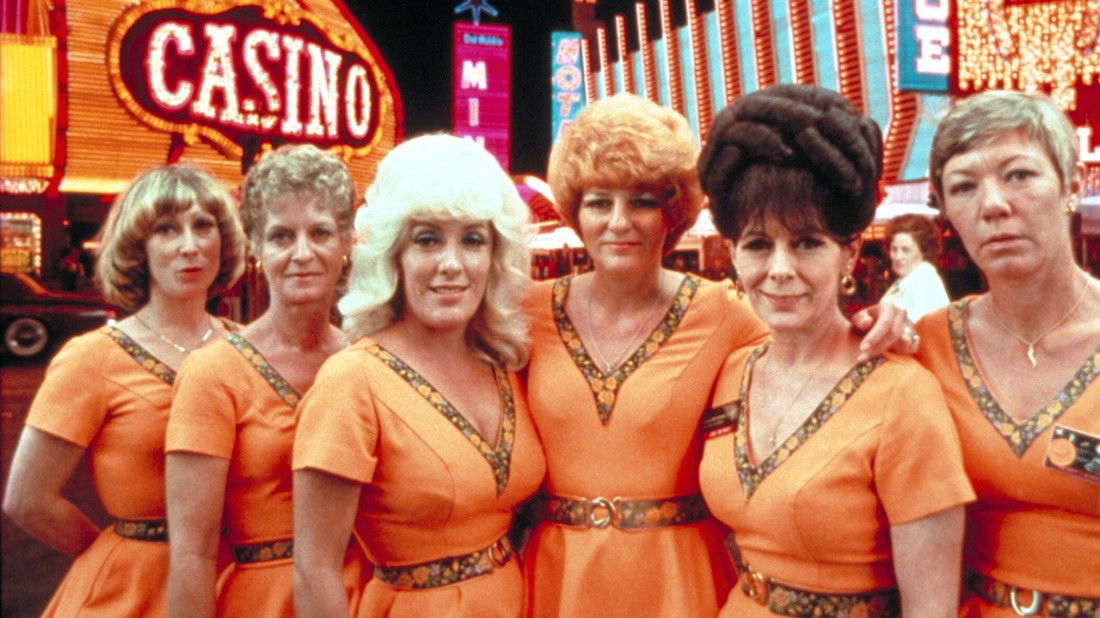Koyaanisqatsi (1982) (DRAFT)

24 hours have elapsed since I watched this film and it's only by listening to the soundtrack album and reading what others have thought about it that I have been able to remember much about it.
That's not to say that it was a bad film; far from it. It's just that the particular combination of sound and image to convey, or suggest ideas was so mesmerising as to have rendered my ability to recollect insensible.
The director, Godfrey Reggio, was inevitably asked what the film is "about", since it has no conventional narrative; no story; no characters; no firmness of place or time except that it takes place on planet Earth. Luckily, one of his answers was to say that it's up to the viewer what they make of it.
So, I say it's a treatise on the meaning of image. Reggio presents us with a continuous flow of images accompanied by Philip Glass' minimalist score: portraits, landscapes, close-ups, long shots, crowds, unnamed random people, posed groups, hyperlapse, hyperspeed, slow-mo, scenery, machines, cars, rockets, Monument Valley, Twinkies, hot dogs, microchips, clouds, waves. No animals.
The effect of the flow is to simultaneously take meaning away from each individual image and yet to imbue it with multiple possibilities, multiplied again by the juxtaposition with the preceding and succeeding images.
So, if I consider the images of the deserts of the Four Corners (a region of the south west of the USA), I know that I'm looking at a desert; I'm also looking at a film set (Monument Valley was home to many a cowboy movie, notably John Ford's); a place that is ancient, a symbol of a time before the arrival of mankind; dry and somewhere humans still can't thrive. It's a succession of images of something, but also about something. But the pace and variety of the succession has the additional effect of extracting the surface meanings so that we are left with an impression of lines, light and shade, colours, and abstract space. Like seeking meaning in the shapes of the clouds we gaze at on a spring day, we can attribute whatever we choose, or whatever our subconscious supplies. The image has become an unreliable witness as it shifts relentlessly from shot to shot.
The music, highly repetitive - imparts a generic melancholy - to this viewer's ears at any rate - so if we were meant to admire or appreciate this particular part of man's environment, it was not clear. In fact, there was no obvious celebration of the beauties of the natural world of the kind we now see so regularly in TV series by David Attenborough.
By the end, I was somewhat depressed at having endured a macroscopic treatise on humanity's impact on planet Earth, though without the humans, and even when we were shown actual, individual humans, they were rarely smiling or engaging in anything enjoyable, only acting out rote tasks on a production line or behaving like automata in a crowd - drivers of cars, passengers on the subway, workers in an office - or sole figures in unhappy situations such as after a fire, or a tramp on the street.
We are heading inexorably towards self-destruction, epitomised at the end by the failure of the rocket we saw launched at the beginning.
Cheery stuff, eh?


